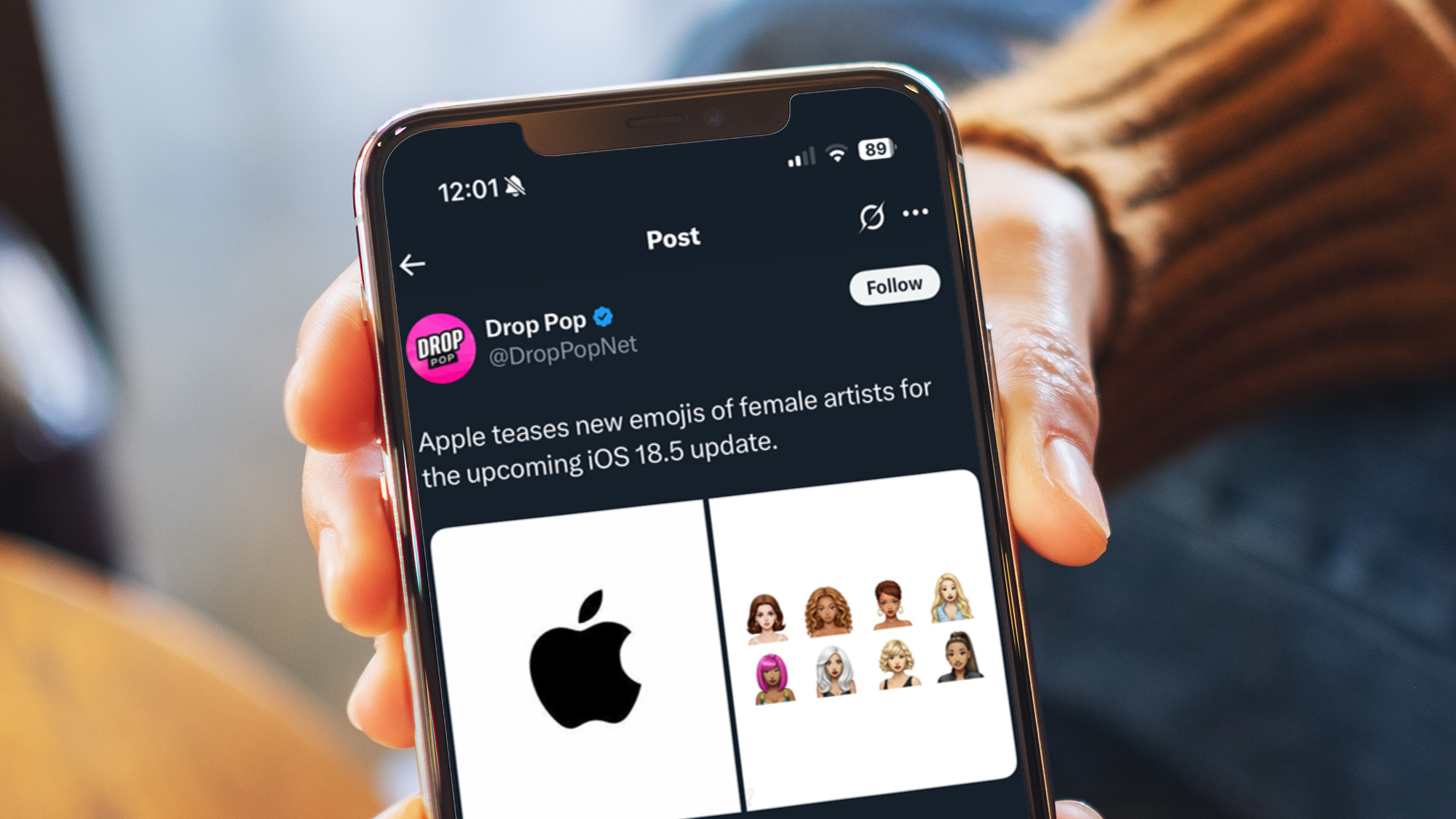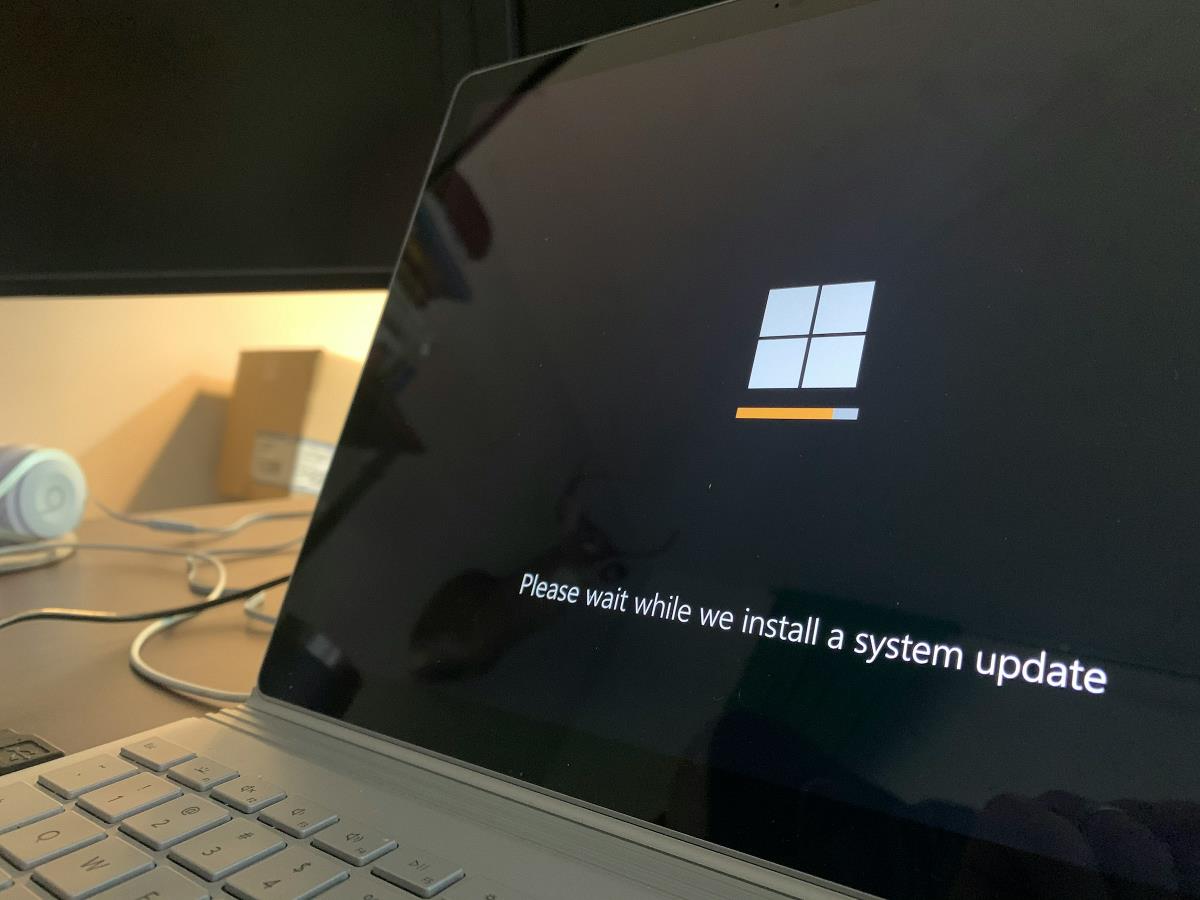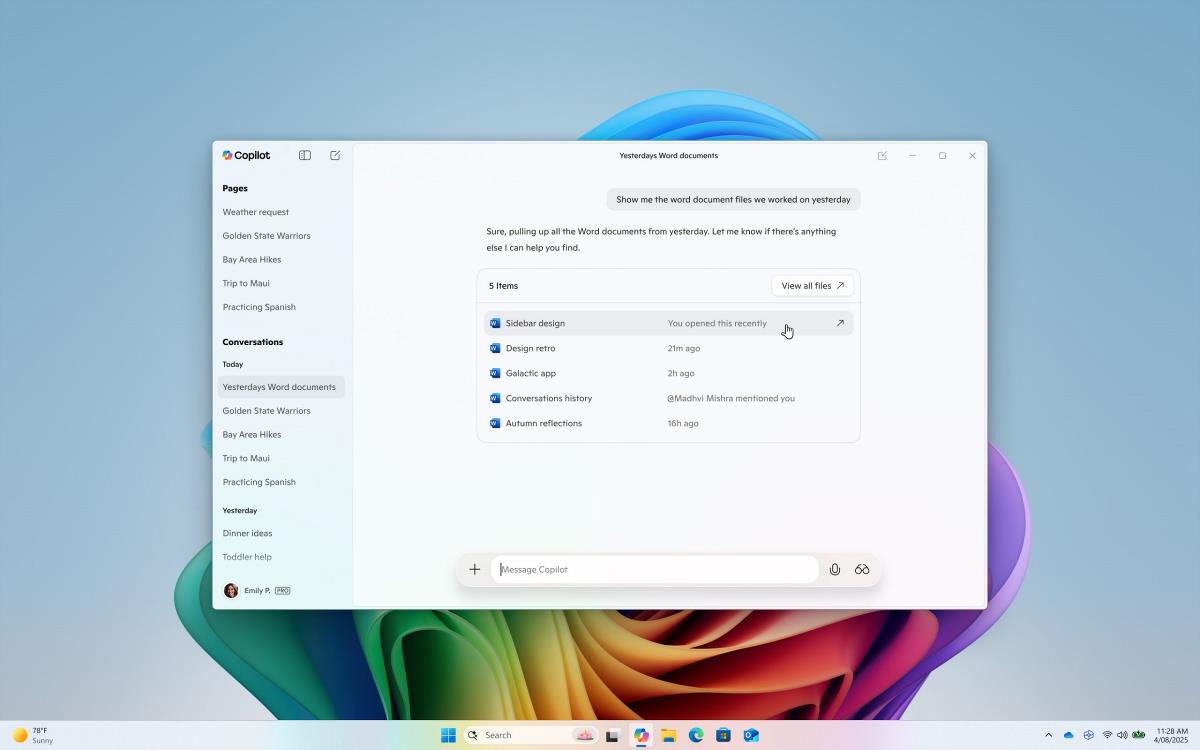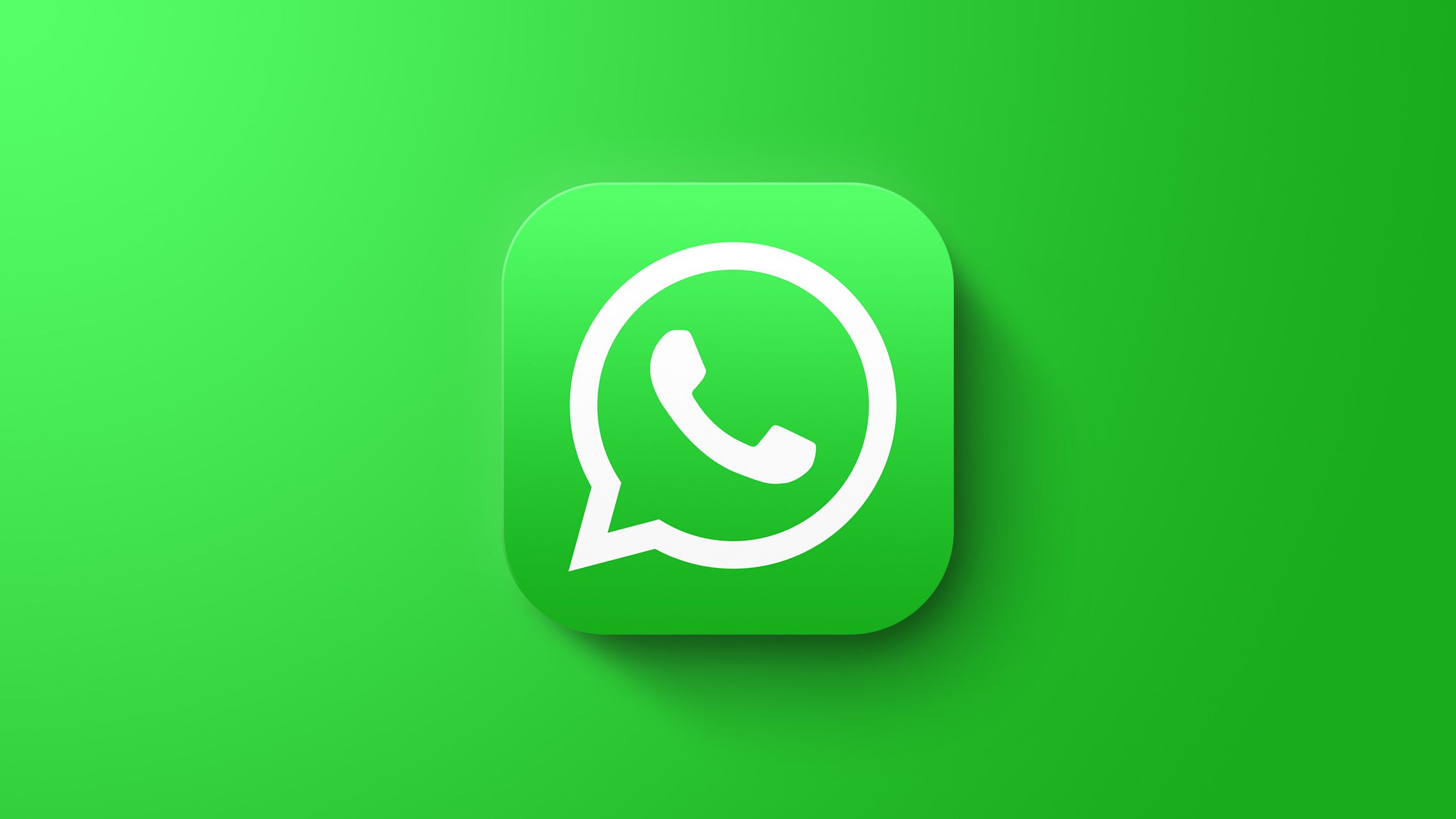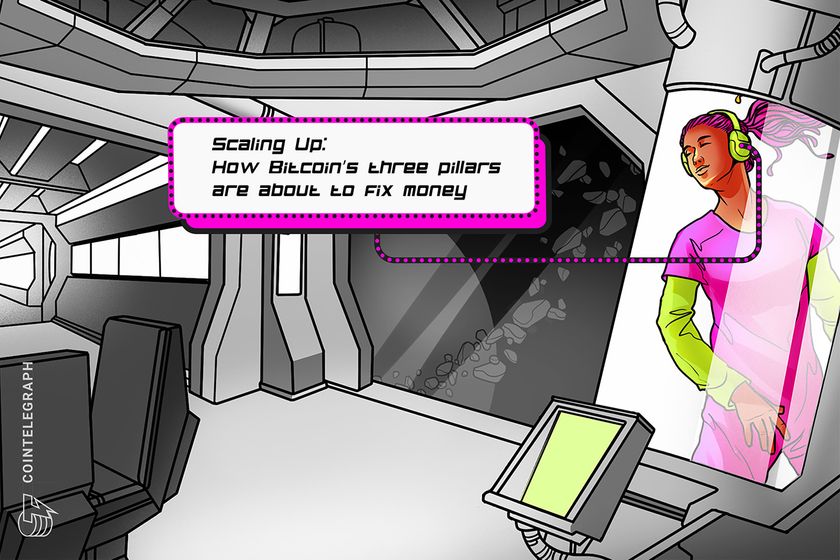On-Call Requirements
Summary This document outlines on-call requirements for global companies. Since employees are spread across various countries, each with its own labor laws, it's essential to align expectations before joining an on-call rotation. Being on-call comes with responsibilities and limitations. It affects your social life, sleep schedule, and availability. You serve as a crucial safety net for the organization. Hardware Phone The company should provide a dedicated on-call phone. It doesn’t need to be high-end but must be secure and support the following apps: PagerDuty or Opsgenie – for incident notifications Mail – for alerts and updates Slack, Discord, or Google Meet – for team communication Browser – for troubleshooting 1Password (or similar) – for credential management Two-Factor Authentication (2FA) apps – FreeOTP, Yubico Authenticator, Authy, etc. Mobile Contract The mobile plan should support incoming calls from PagerDuty and allow incident acknowledgment via mobile data. A 10GB monthly data plan is typically sufficient. In case of an incident, the developer should be able to connect their laptop and triage the issue from wherever they are. Outgoing calls are only needed for escalation when other methods fail. Balanced On-Call To avoid burnout, no more than 25% of an engineer's time should be spent on-call. Following this rule: A single-site team requires at least eight engineers for a sustainable rotation. A dual-site team should have at least six engineers per site. Each shift should include both a primary and secondary on-call engineer. Quality Balance Engineers need time for incident response and follow-ups, including writing postmortems. An incident is defined as a sequence of events related to the same contribution factor and should be treated as a single issue. On-Call Policies & Practices A well-structured on-call system requires clear policies to ensure smooth operations. Engineers should not have to figure things out when an alert goes off. Instead, proactive planning should include: Incident severity definitions Playbooks for common issues Clear escalation rules Aligning these elements in advance helps create an effective and manageable on-call process.

Summary
This document outlines on-call requirements for global companies. Since employees are spread across various countries, each with its own labor laws, it's essential to align expectations before joining an on-call rotation.
Being on-call comes with responsibilities and limitations. It affects your social life, sleep schedule, and availability. You serve as a crucial safety net for the organization.
Hardware
Phone
The company should provide a dedicated on-call phone. It doesn’t need to be high-end but must be secure and support the following apps:
- PagerDuty or Opsgenie – for incident notifications
- Mail – for alerts and updates
- Slack, Discord, or Google Meet – for team communication
- Browser – for troubleshooting
- 1Password (or similar) – for credential management
- Two-Factor Authentication (2FA) apps – FreeOTP, Yubico Authenticator, Authy, etc.
Mobile Contract
The mobile plan should support incoming calls from PagerDuty and allow incident acknowledgment via mobile data. A 10GB monthly data plan is typically sufficient. In case of an incident, the developer should be able to connect their laptop and triage the issue from wherever they are. Outgoing calls are only needed for escalation when other methods fail.
Balanced On-Call
To avoid burnout, no more than 25% of an engineer's time should be spent on-call. Following this rule:
- A single-site team requires at least eight engineers for a sustainable rotation.
- A dual-site team should have at least six engineers per site.
- Each shift should include both a primary and secondary on-call engineer.
Quality Balance
Engineers need time for incident response and follow-ups, including writing postmortems. An incident is defined as a sequence of events related to the same contribution factor and should be treated as a single issue.
On-Call Policies & Practices
A well-structured on-call system requires clear policies to ensure smooth operations. Engineers should not have to figure things out when an alert goes off. Instead, proactive planning should include:
- Incident severity definitions
- Playbooks for common issues
- Clear escalation rules
Aligning these elements in advance helps create an effective and manageable on-call process.

























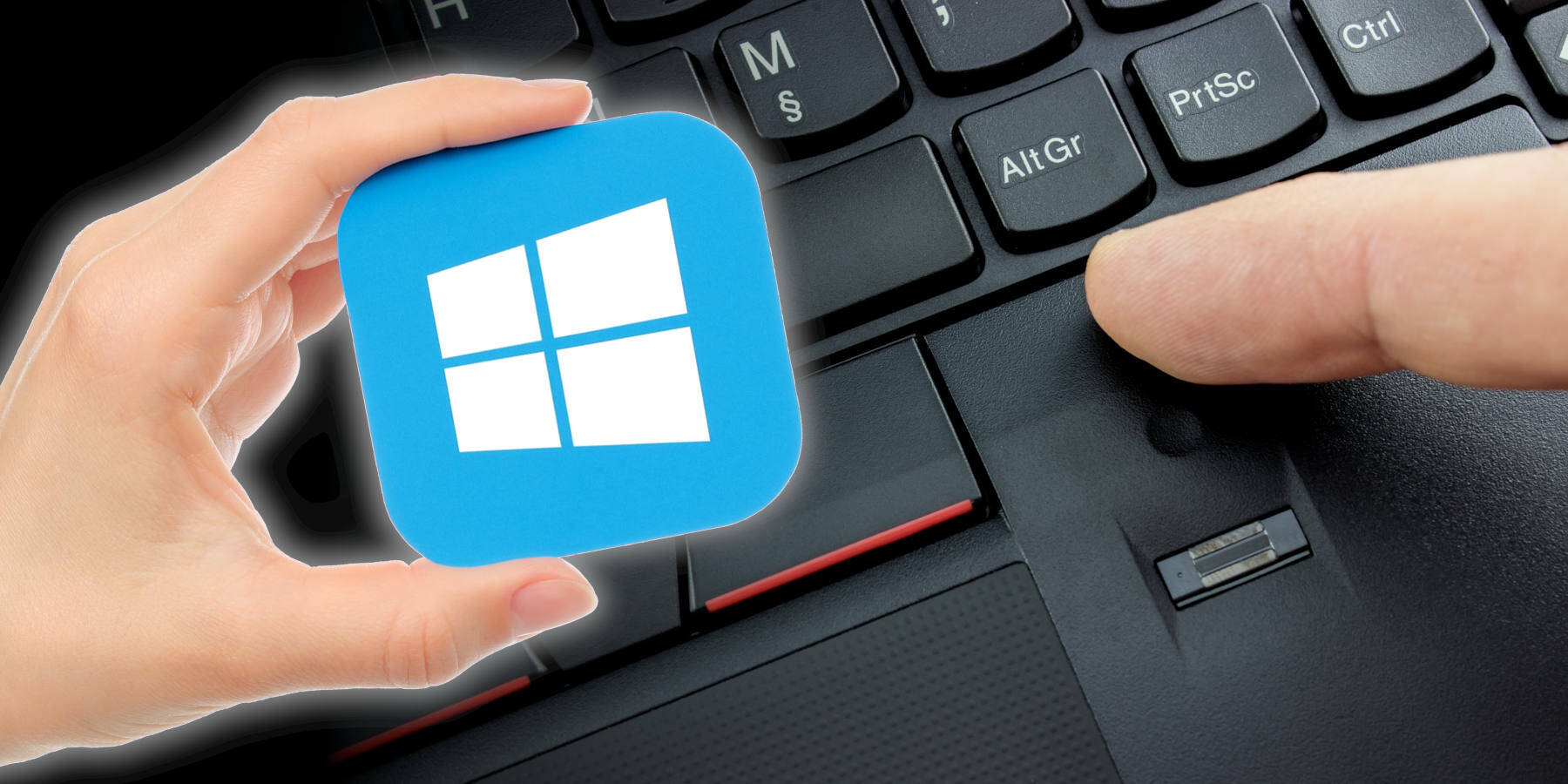










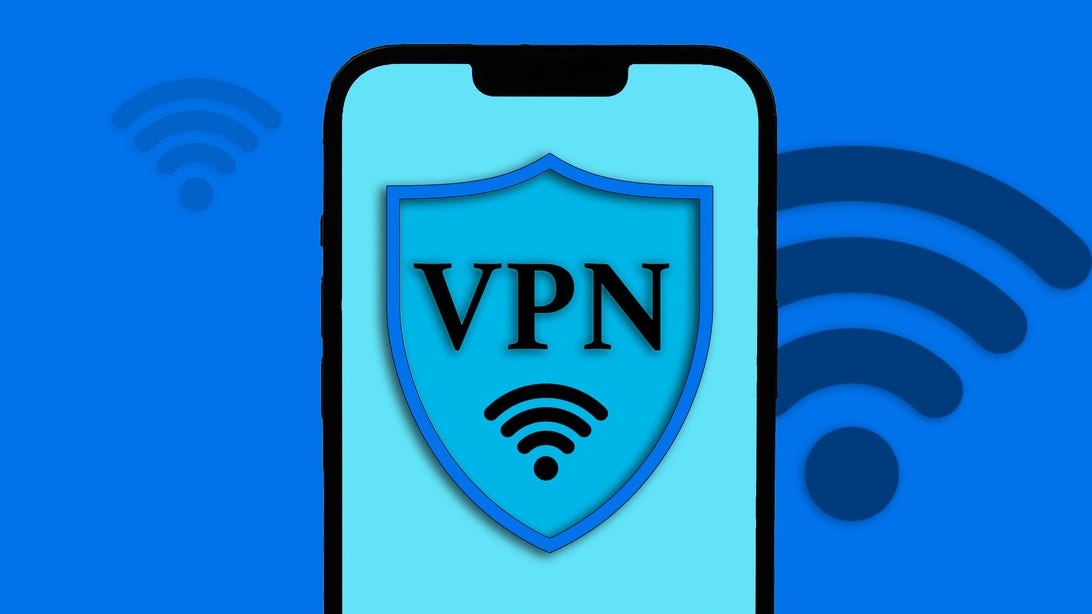




































































































































![[The AI Show Episode 143]: ChatGPT Revenue Surge, New AGI Timelines, Amazon’s AI Agent, Claude for Education, Model Context Protocol & LLMs Pass the Turing Test](https://www.marketingaiinstitute.com/hubfs/ep%20143%20cover.png)


















































































































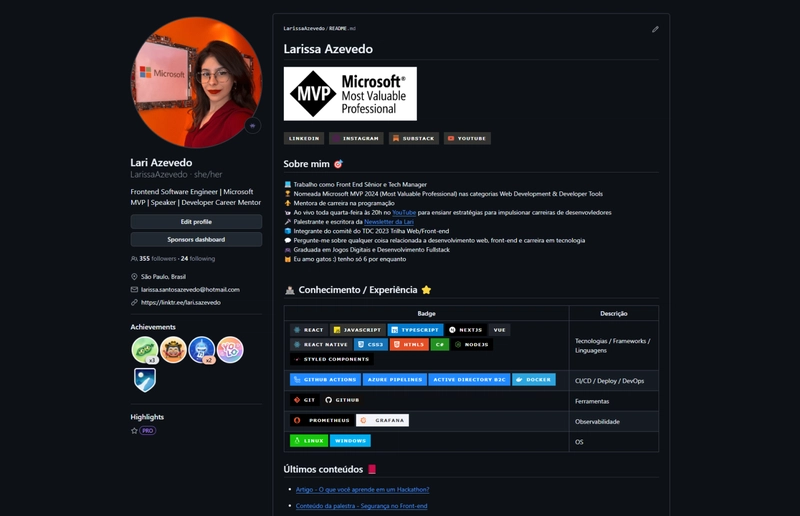














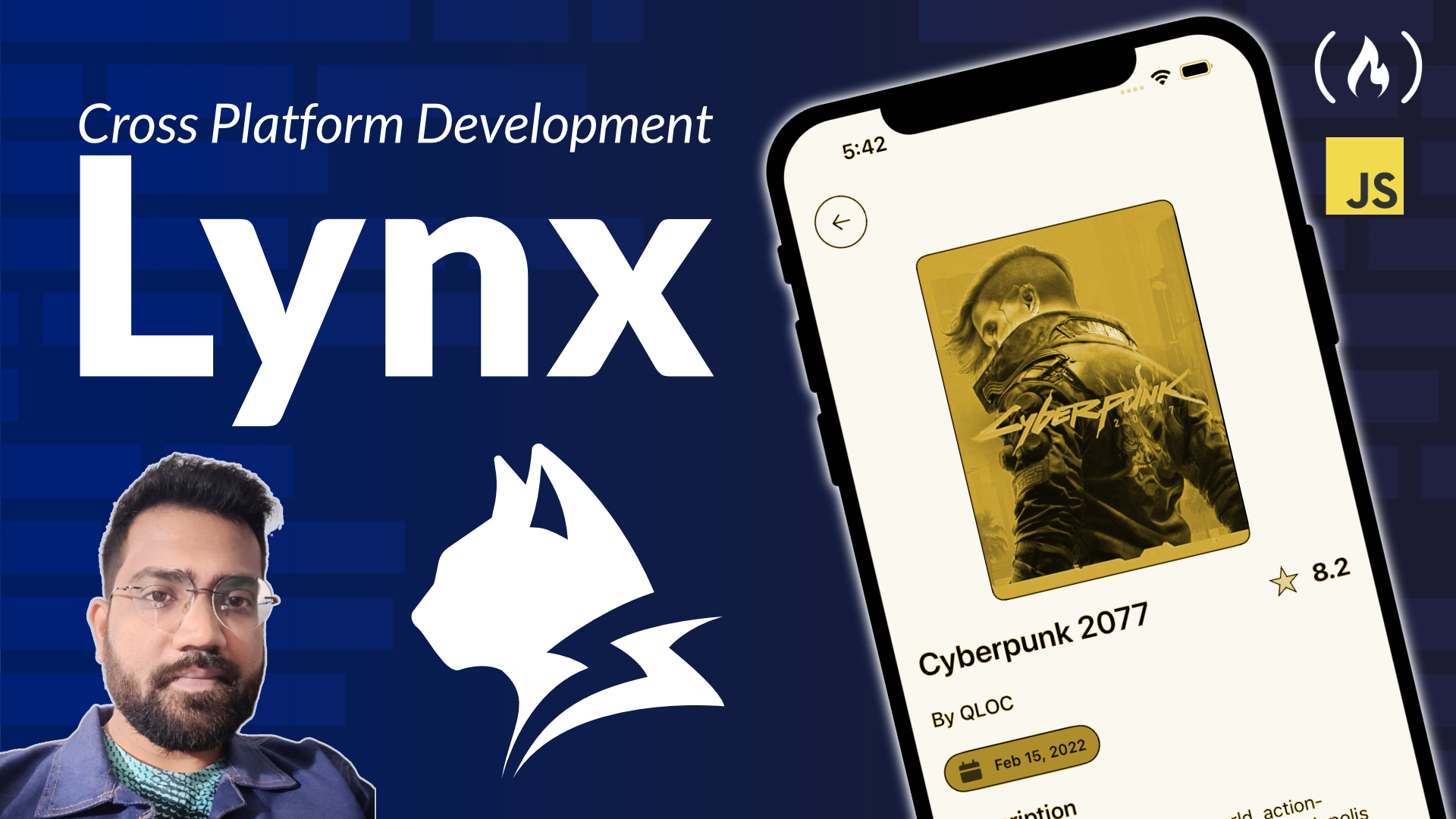


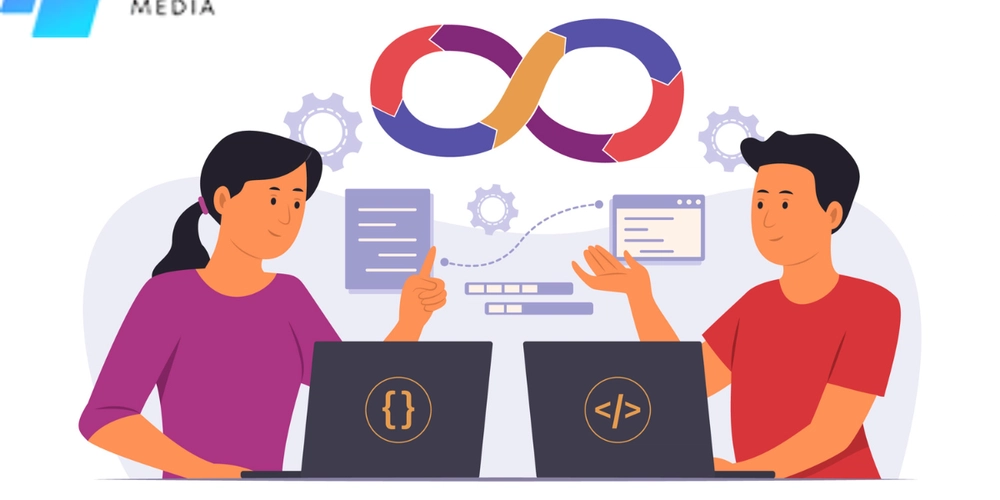












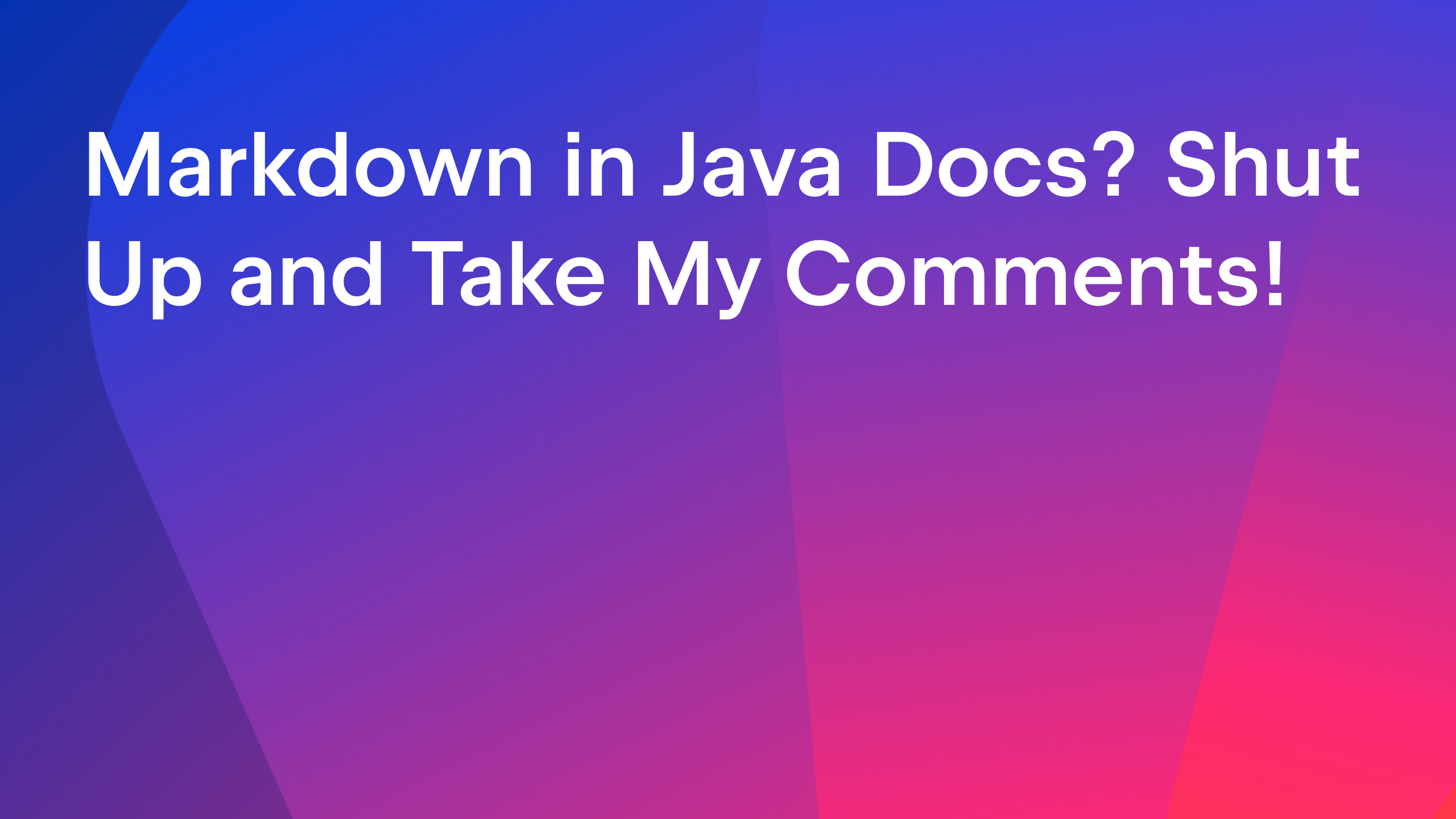

























































































































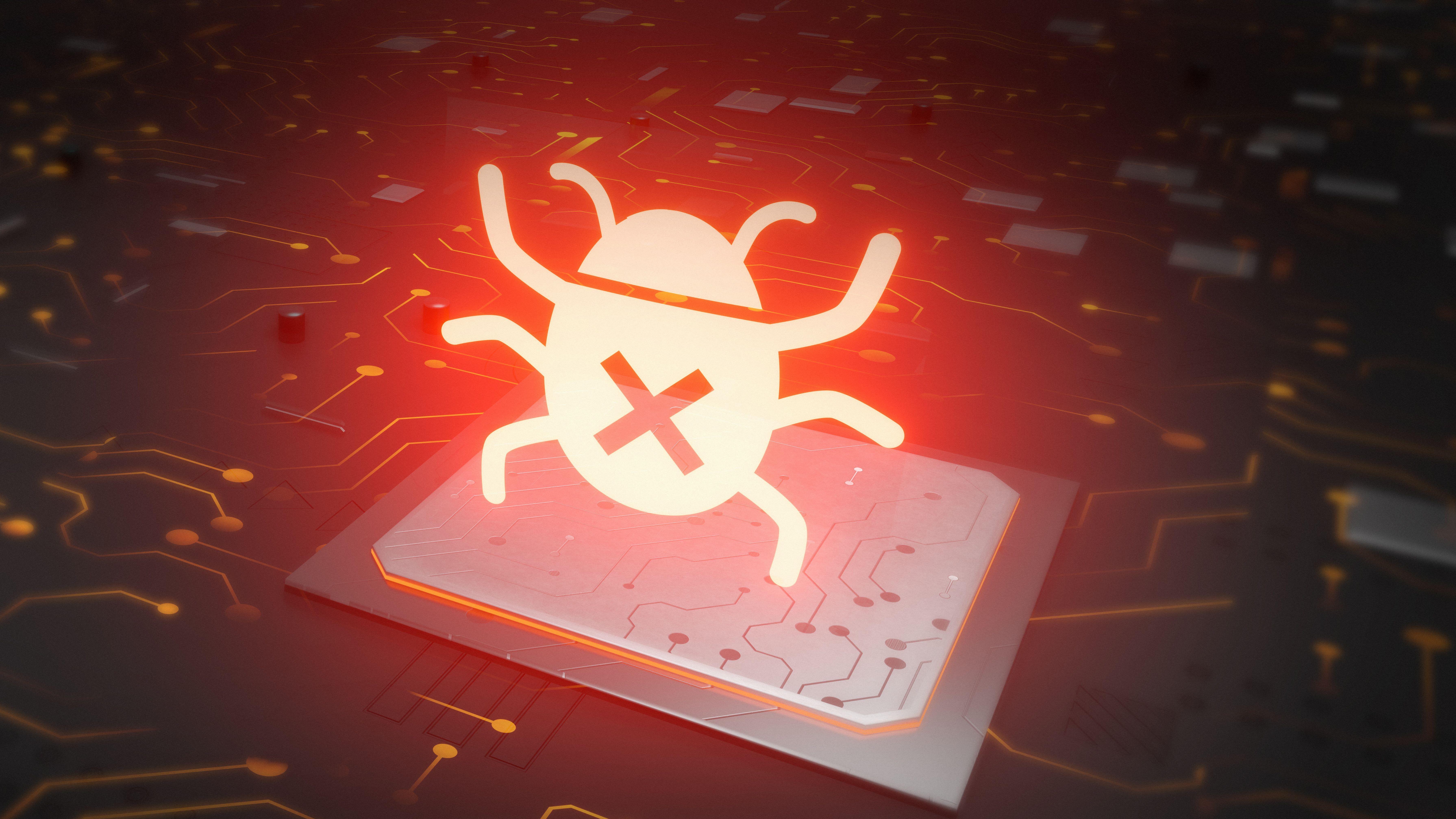

.png?#)














































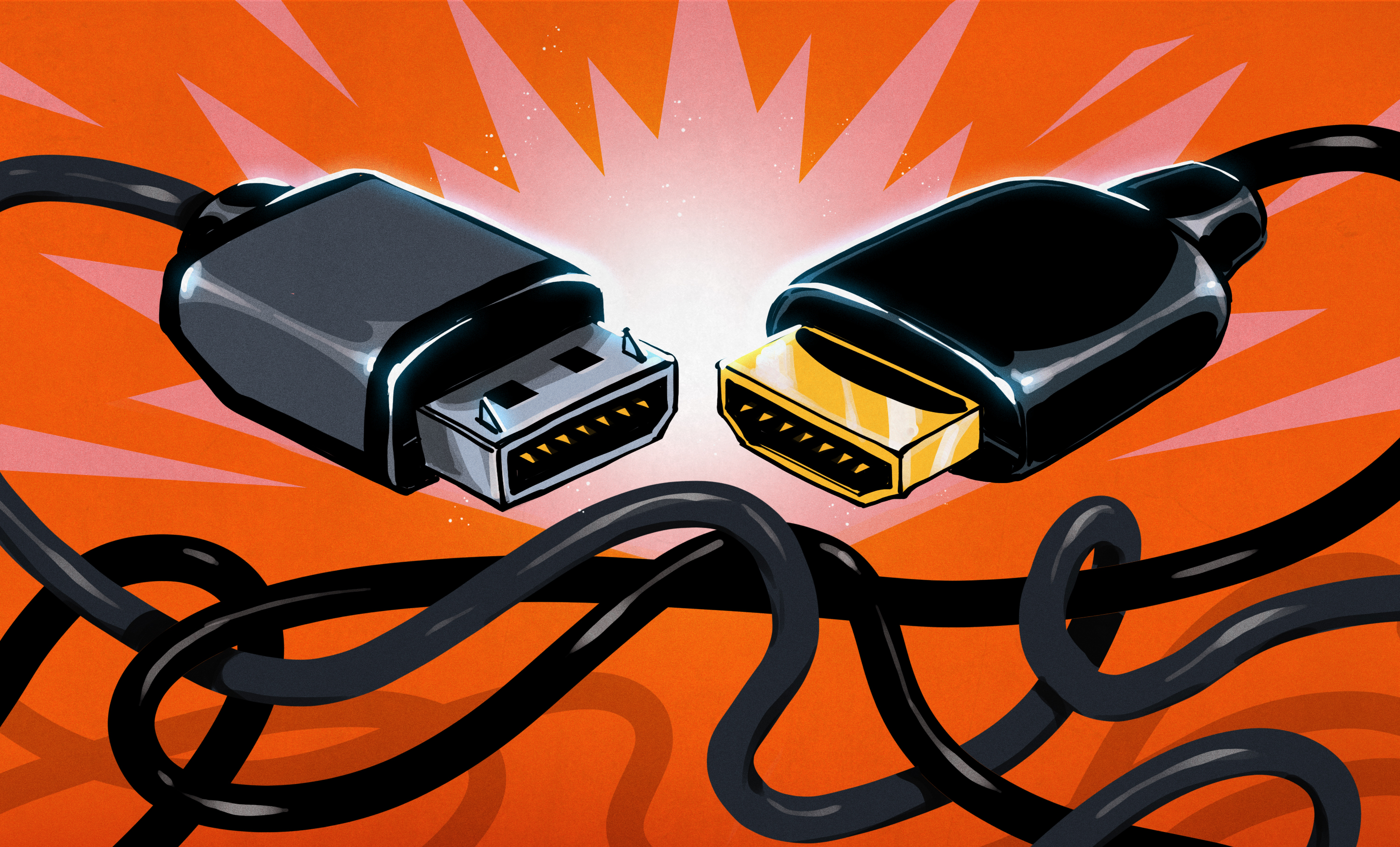

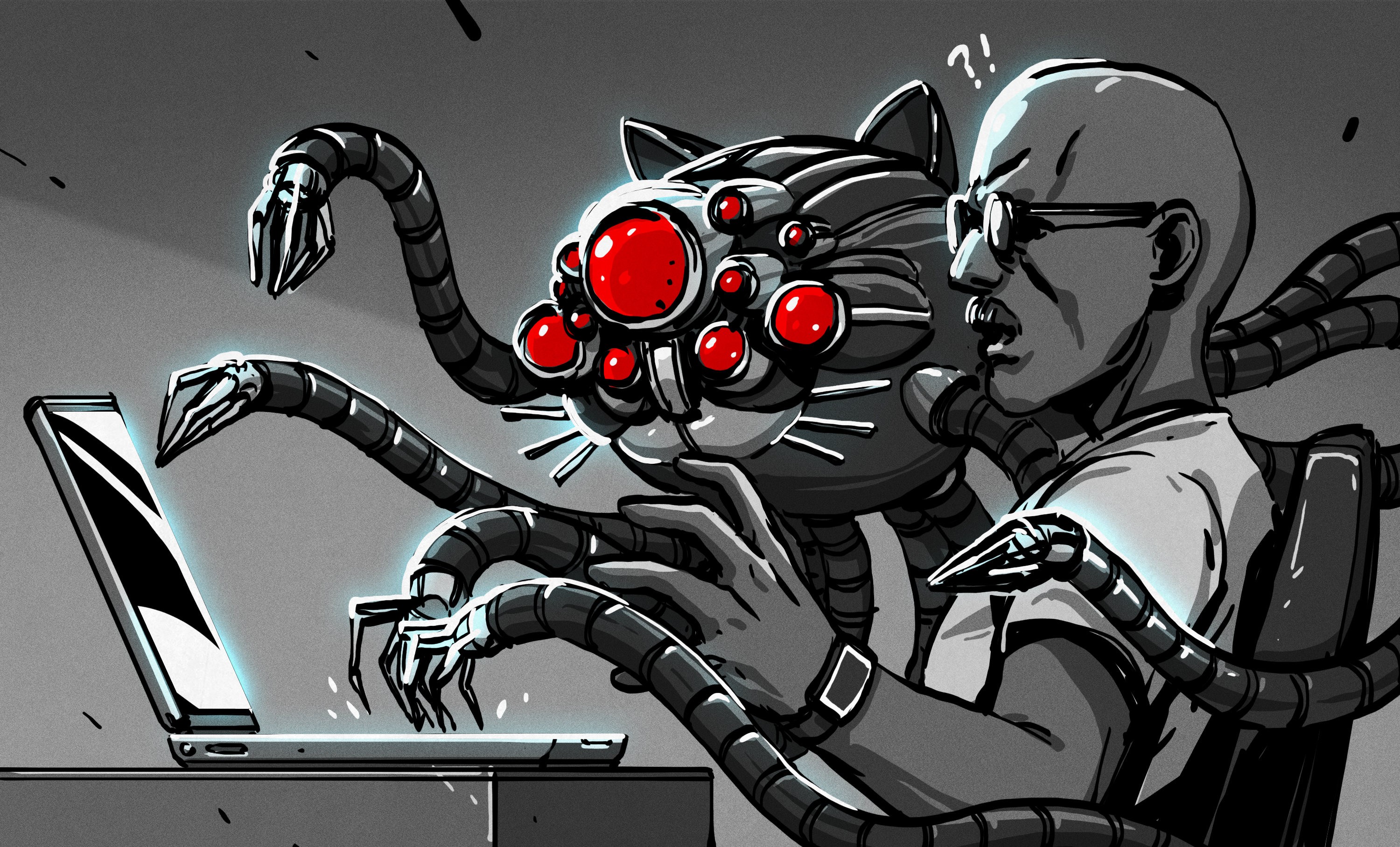






















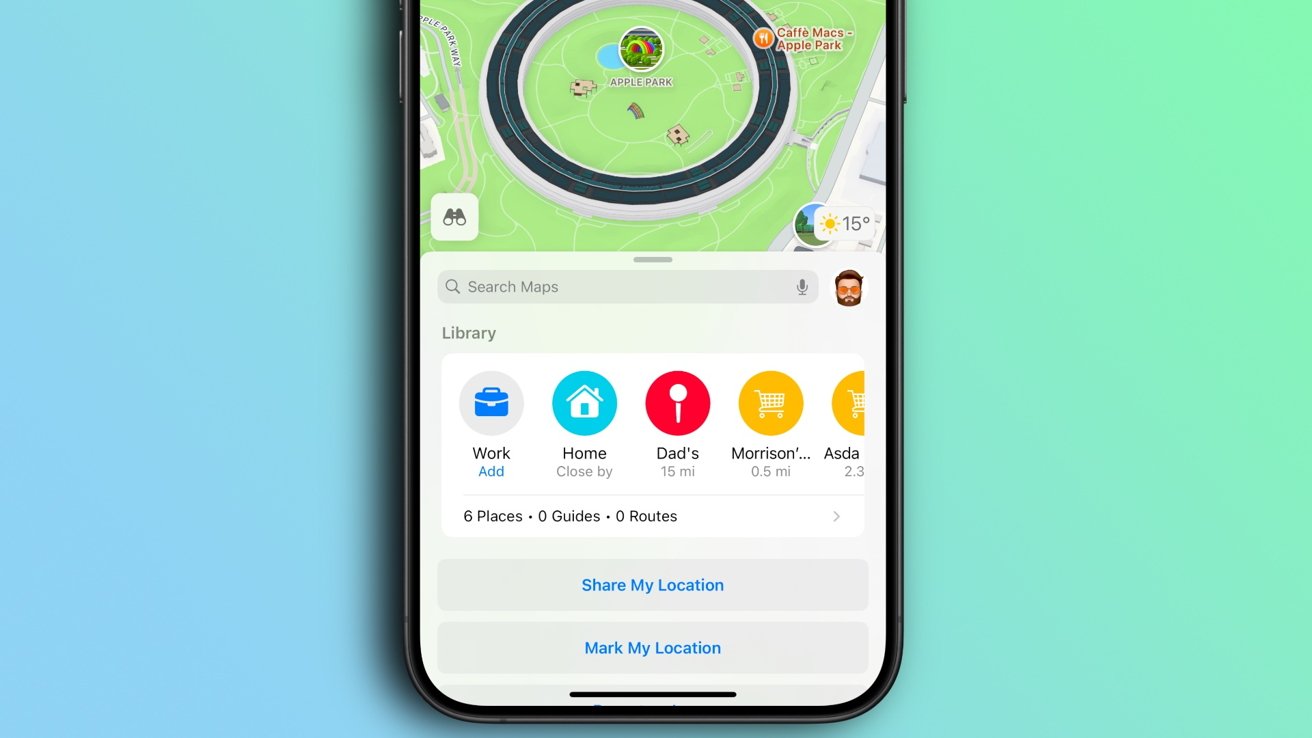





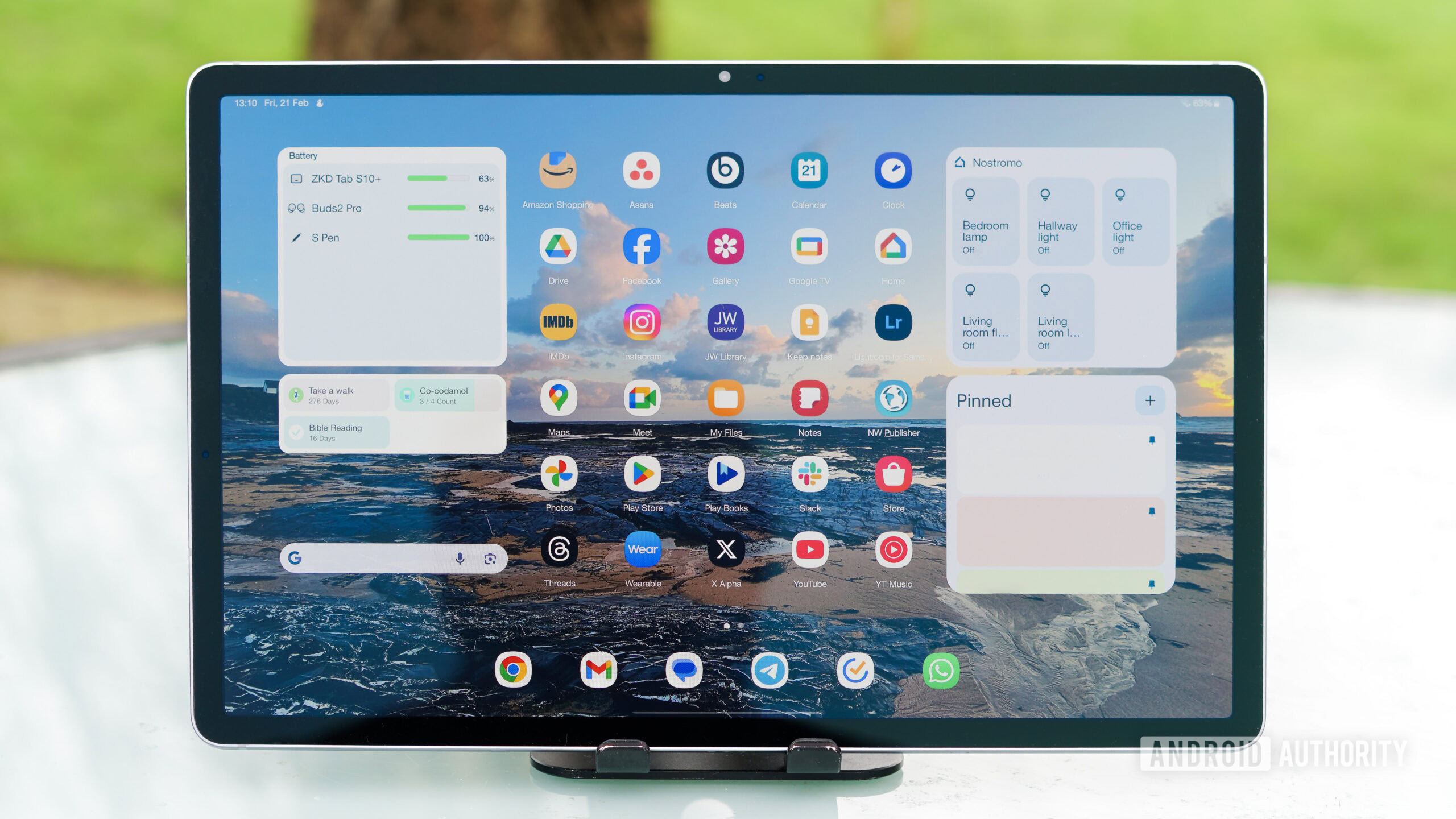



















![Apple Watch to Get visionOS Inspired Refresh, Apple Intelligence Support [Rumor]](https://www.iclarified.com/images/news/96976/96976/96976-640.jpg)
![New Apple Watch Ad Features Real Emergency SOS Rescue [Video]](https://www.iclarified.com/images/news/96973/96973/96973-640.jpg)
![Apple Debuts Official Trailer for 'Murderbot' [Video]](https://www.iclarified.com/images/news/96972/96972/96972-640.jpg)
![Alleged Case for Rumored iPhone 17 Pro Surfaces Online [Image]](https://www.iclarified.com/images/news/96969/96969/96969-640.jpg)















